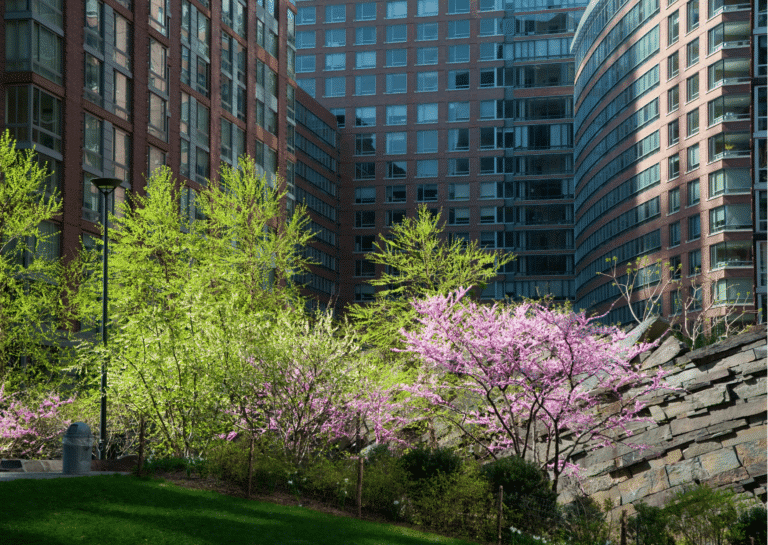Where are the UK’s emerging hotspots for Build to Rent?
Posted by Ellie Dreisenstock on December 15, 2021
The Build to Rent (BTR) sector has shown a lot of growth and resilience over the past two years, the first quarter of 2021 saw BTR investment in the UK reach an all-time high, with analysis showing levels hit 335% higher than it did back in 2012.
Further studies reveal that the number of BTR developments under construction was up 8% between 2020 and 2021 and 10% between 2019 and 2021.
And with a record number of developments on the way, which locations are witnessing this emerging trend the most?
The most anticipated BTR hotspots for 2022
While London remains the primary hotbed for BTR investment and development, recent studies show the capital may not be the number one hotspot for much longer.
A report from Wise Living has identified Stoke-on-Trent, Norwich, Peterborough, Warrington and Hull as the five emerging key areas for BTR growth in the UK.
Stoke’s first BTR scheme, worth £22 million, is now underway in the Hanley area, with 378 rental properties per 100,000 people.
Second on the list, Norwich has 365 rental homes per 100,000 people and was awarded £25 million in 2020 as part of the government’s Town Deals funding to help the city council attract additional investment for building homes in the area.
Further research from BNP Paribas Real Estate has suggested that Bristol has become a strong contender for BTR investors, with several schemes in the pipeline.
Currently, there are around 800 completed BTR units in Bristol, with approximately 2,000 more underway and most due to be completed by 2024.
BNP Paribas Real Estate’s BTR Q3 insight suggests that Bristol’s status as one of England’s most populous cities, home to two universities, and its strong transport links to London make it an ideal location for new schemes.
The trend of dedicated BTR developments in outer towns and cities are now seen as a direct path to more open green space, a better quality of living and access to good schools.
Also, the growing supply and demand imbalance and desire to relocate for changing lifestyles prove advantageous for investors and household names. The John Lewis Partnership, Transport for London, and Legal & General have all diversified their business strategy to include BTR investments.
Is Suburban BTR set to boom?
Although BTR is mostly still found in major UK cities, suburban BTR’s growth highlights an apparent demand for suburban living.
The height of the pandemic saw rental demand in bigger cities and town centres shrink. An increasing number of people worked from home and no longer saw the need to live close to work, allowing them more freedom to choose where they lived.
Savills’ analysis of British Property Federation (BPF) data showed that only 17% of UK pipeline units (construction or planning) are in suburban locations. Given the size of the suburban PRS population, there is significant scope to increase the delivery of suburban BTR.
However, where suburban BTR has been delivered, there is evidence of significant tenant demand. The Thistle Portfolio, which Goldman Sachs purchased early this year, has had consistently high occupancy in excess of 97%.
Knight Frank’s Suburban BTR Housing Report 2021 also points to an acceleration in the volume of capital entering the BTR market, with £275 million invested since the start of 2020 alone and a further £7.8 billion earmarked for deployment within the next five years.
The report argues that the opportunity for investors to deliver purpose-built rental housing is clear, with 2.3 million privately renting households who live in suburban areas around the UK. Most private renters (60%) already live in houses rather than flats.
BTR continues to spread further afield, with companies in cities such as Birmingham, Manchester, Glasgow, Leeds and Coventry seizing the opportunity.
With traditional house building slowing due to decreased growth across Europe, BTR is proving a solution on all fronts.
These strong investment fundamentals and resilience during adverse market conditions have sparked investors’ growing interest in the sector and is expected to continue in 2022 and beyond.
